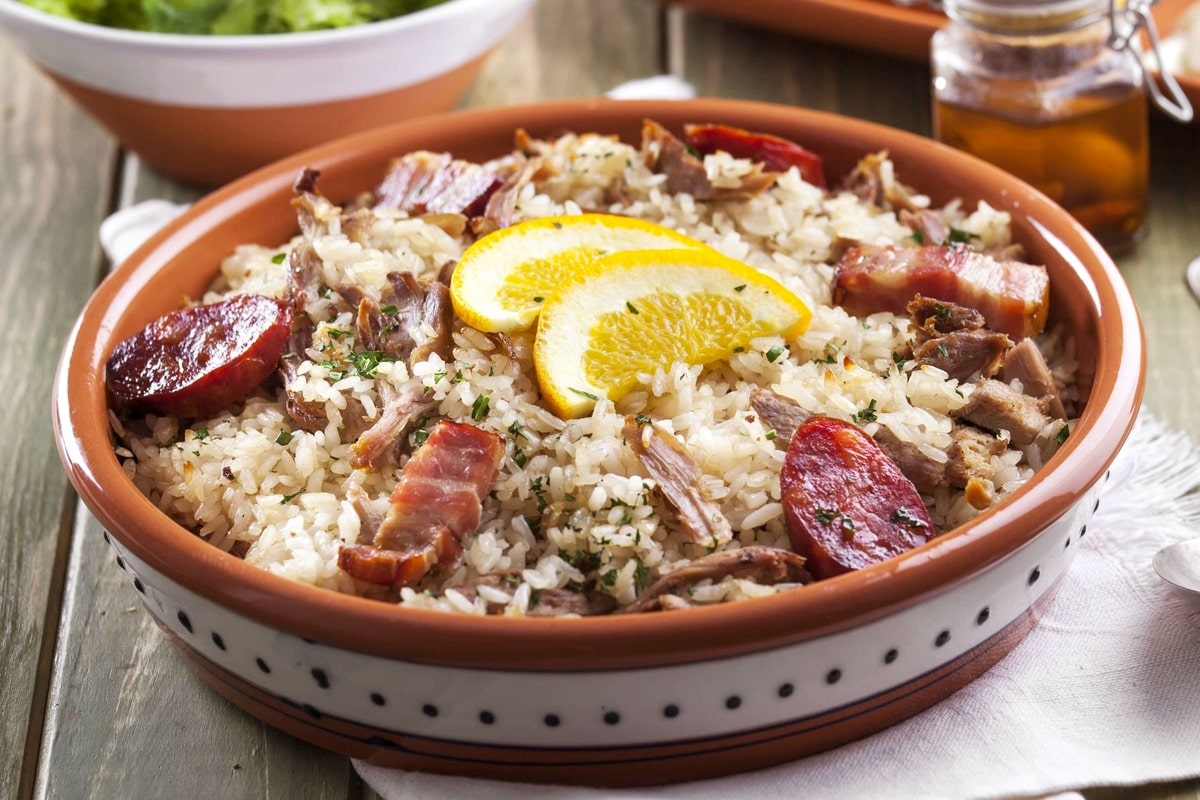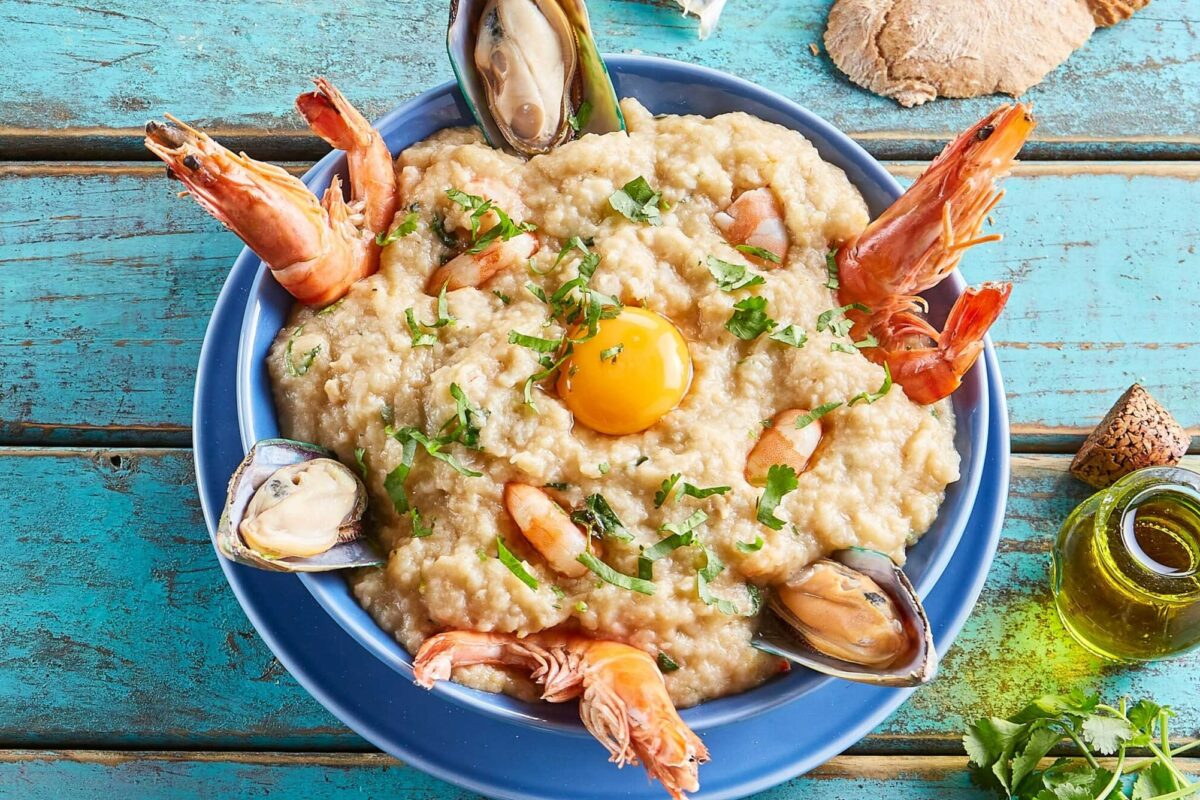Arroz de pato, or duck rice, is a traditional Portuguese dish that is rich in flavor and perfect for any occasion. Made with tender duck meat, fluffy rice and spicy chorizo sausage, this dish is a true classic that will impress your guests and leave them wanting more.
In this blog post, we’ll show you how to make arroz de pato at home with our easy-to-follow recipe. We’ll guide you through each step of the process, from cooking the duck to assembling the dish and baking it to perfection. With our help, you’ll be able to create a delicious arroz de pato that will be the star of any meal.
But before we dive into the recipe, let’s take a closer look at the history and origins of arroz de pato. This dish has been enjoyed in Portugal for centuries and is a staple of the country’s cuisine. It is believed to have originated in the northern region of the country, where duck is commonly raised and used in cooking.
Over time, arroz de pato has evolved and adapted to include different ingredients and cooking methods. Some variations include adding herbs such as coriander or mint leaves, vegetables such as leek or carrot, and even orange zest and juice for a citrusy flavor. The dish can also be cooked on the stove top or baked in the oven for a crispy finish.
Despite these variations, the core elements of arroz de pato remain the same: tender duck meat, fluffy rice and spicy chorizo sausage. These ingredients come together to create a dish that is rich in flavor and texture, with a perfect balance of savory and spicy notes.
In our recipe, we’ll show you how to make a classic version of arroz de pato that is sure to impress. We’ll start by cooking the duck until it is tender and flavorful, then use the broth to cook the rice and infuse it with even more flavor. We’ll also add chorizo sausage for a spicy kick and bake the dish until it is golden brown and crispy on top.
So if you’re ready to discover the rich flavors of arroz de pato, grab your apron and let’s get started! Follow along with our step-by-step recipe and create a delicious dish that will be the star of any meal.
[penci_recipe]


